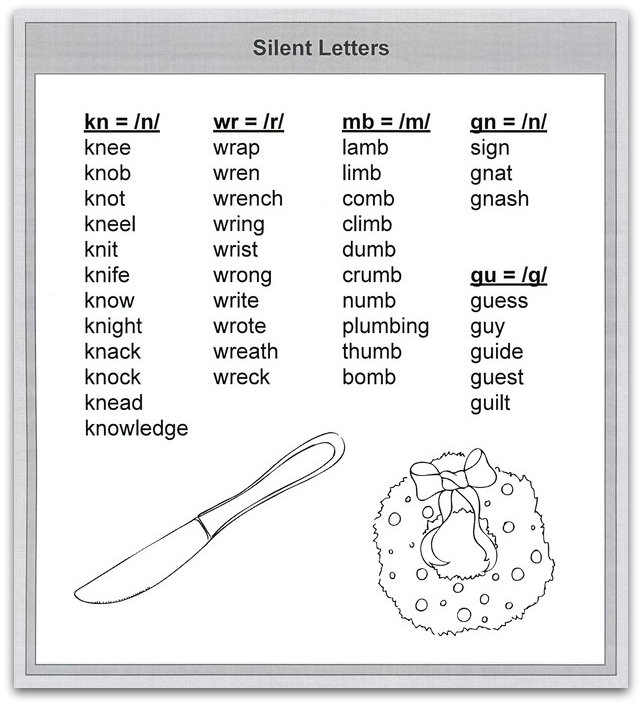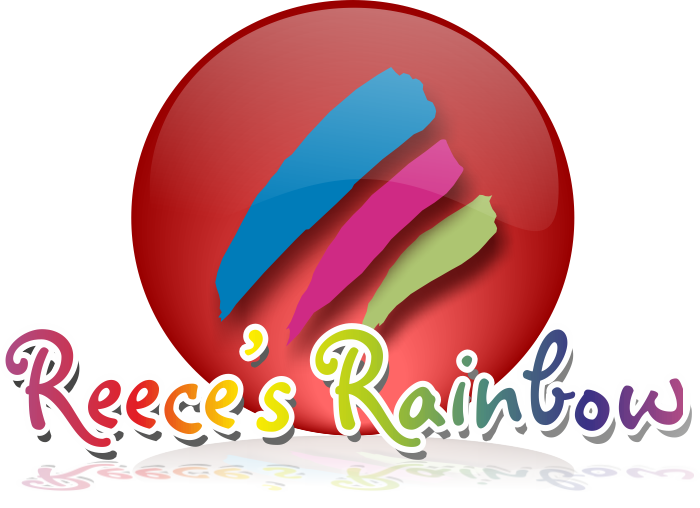
S-girl has been wanting to "do school" like all the big kids for a while now.
In her mind, she has graduated from sitting with us doing coloring pages and wants "real" school too.
The problem has been that she isn't quite ready for the Kindergarten curriculum that we have used with all the kids. So, what to do, when the desire to learn is there, but what you have already got isn't working?
Well, it turns out you try a combination of things....one of which, was First Start Reading and Classical Phonics.

This curriculum is put together by Cheryl Lowe, but some of the phonics stuff is based on the teaching and style of Florence Akin who was around in the early 1900's.
This curriculum comes with First Start Reading, Phonics, Reading and Printing Books A, B, and C, a Teacher's Guide as well as Classical Phonics (A Child's Guide to Word Mastery).
I started by reading the Teacher Suggestions in the Classical Phonics book. According to Ms. Akin, the 4 elements of teaching phonics include: Ear Training; Tongue Training; Eye Training; and Word Building.
In this segment of the book, she gives detailed explanations and ideas on how to incorporate these elements into your teaching style. I think the first 3 elements are pretty self explanatory.....training the ear to hear the different sounds; training your tongue to pronounce the sounds correctly; and training your eyes to associate the sound you hear with the symbol (letter) that you see.
In word training, Ms. Akin says to encourage the students to whisper the sounds to themselves when they are studying a phonic or a reading lesson.
Does that bring Brick Heck to mind for anybody else? I love The Middle!
Anyway, back to the review: I like the phonics approach to teaching reading, so I was pretty comfortable with all the recommendations and techniques they suggest. They start in Book A with the letters M and A, then work into sentences that use the words "I am", before moving onto letters S and N and so on and so on......
I suppose some people may think of this style as old fashioned. The pages are not fancy. There are no cartoons and characters doing funny things. Just letters, words, and simple drawings.

And places to practice your writing skills. Personally, I like this style. The kids can color the drawings in themselves anyway!
The Teacher's Guide has an Appendix section that has, what I will call, "posters" for you to put up in your classroom (which, in our case, is our dining room). The posters show things like reminder pictures for the short vowel sounds, i.e., igloo for i, octopus for o, etc. It also has the picture of sign language b and d made into a bed to help kids remember which letter is which. I have always used this visual reminder to teach the kids about b and d....but I haven't had a poster to help them remember.
One thing that is stressed in this book that I haven't found in other phonics type curriculum is the importance of a correct pencil grip. As it says in the book, "proper pencil grip is one of the most overlooked and undervalued skills in handwriting." The Teacher's Guide goes through a 5 step process on how to train the students on the correct way to hold a pencil so they don't have a death grip on the pencil. I have started using this with A-man as he is a death grip kind of guy....actually, I think Rainman could use a lesson or two on this too.
The Appendix even has a picture showing the correct grip for both a right hander AND a left hander. I have never seen this detail included in any of my other phonics courses. So far, L-girl is my only leftie (although Rainman is too).....that little drawing would have come in handy when she was just learning to write, because I could never quite show her the exact way she should be holding her pencil. It always felt like I was trying to hold chopsticks or something when I was doing stuff with my left hand!
This curriculum has been a nice thing to have to encourage S-girl in her desire to learn. And, has even taught me a few new ways to teach the same old information.....if you know what I mean. If there is anything I have learned in teaching my kids, it is that the kids don't always learn the same way as their older brother or sister did. So, having this different approach to teaching phonics, reading and printing is already proving to be helpful.
Go check out the other things available through Memoria Press. They offer a lot of classical education products, things like Latin, Greek, and literature.
The First Start Reading program, (ages K-2)which includes the Teachers Guide, and Books, A, B and C, is available for $29.95.
Classical Phonics, A Child's Guide to Word Mastery (K-2), is available for $14.95.
S-girl and I are still working in Book A (which has a total of 25 lessons), but Book B has another 26 lessons and Book C has 33 more lessons.....so we will be busy for a while. She will be so happy!
Check out what the other crew members had to say about First Start Reading here.

We received copies of First Start Reading and Classical Phonics for free, in exhange for a honest review of the program.






















